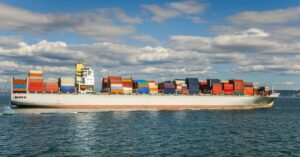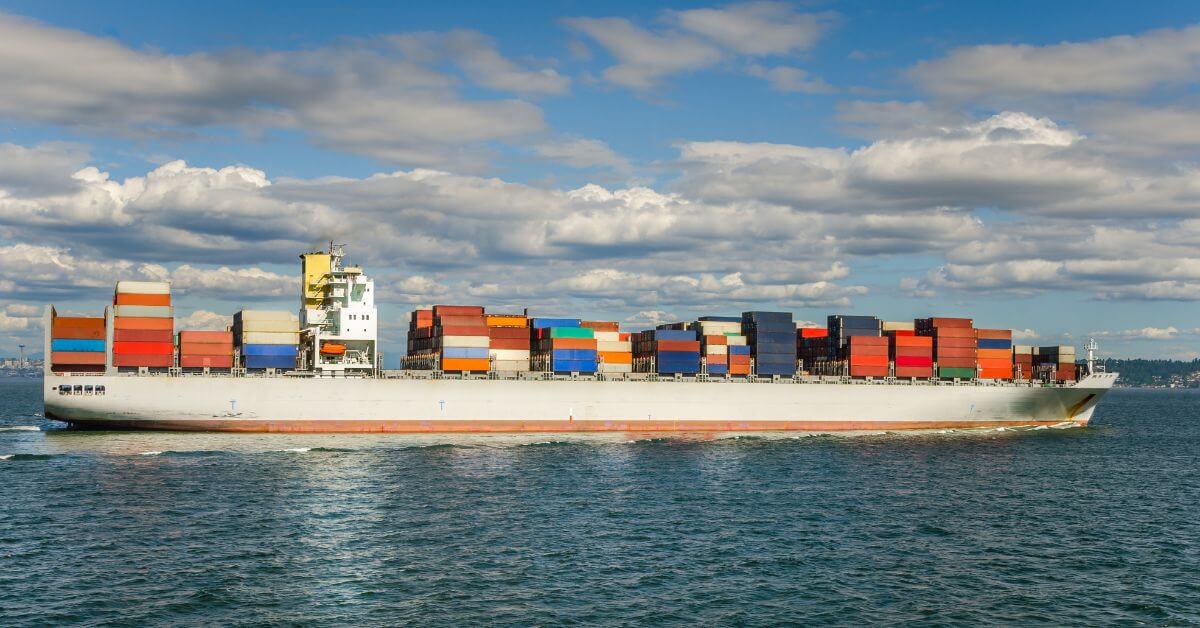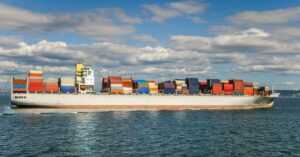
Italian Dockworkers Block Weapons Shipment En Route To Israeli Port Of Haifa
September 19, 2025
Panama Canal Authority Launches Concession Process For New Energy Pipeline Project
September 20, 2025

More than 500 container ships designed to run on alternative fuels are now on order, showing a clear shift toward greener shipping. BIMCO data shows that by the end of August 2025, 534 container ships are being built to operate on alternative fuels once delivered. These ships account for 53% of all container ships currently on order and 77% of the total TEU capacity.
Alongside them, 321 ships will still run on traditional heavy fuel, while 155 are being built so they can be converted to alternative fuels in the future.
The adoption of alternative fuels is particularly strong among the largest container ships. For vessels of 8,000 TEU capacity or more, 81% of ships and 85% of TEU capacity on order are designed to use alternative fuels.
However, other shipping sectors lag behind. In the bulker market, only 8% of orders are for alternative-fueled ships, compared to 17% in crude tankers and 9% in product tankers.
Experts suggest this is because bulk and tanker fleets are more fragmented, may be due to the prevalence of smaller operators, while the container sector is dominated by a few large companies capable of investing in alternative technologies.
LNG is the dominant alternative fuel, making up about two-thirds of all ships on order, while methanol-powered vessels account for 31%, after leading orders in 2023.
Currently, LNG is mostly used as a carbon-based fuel, but future availability could include low-carbon biofuels or e-fuels.
Assuming no alternatively-fueled ships currently in operation are retired, the global container fleet in 2030 could include 837 alternatively-fueled ships with a total capacity of 10.9 million TEU once all ships in the order book are delivered. This would represent more than 25% of all container capacity in operation by that time.
Reference: BIMCO
Source: Maritime Shipping News


